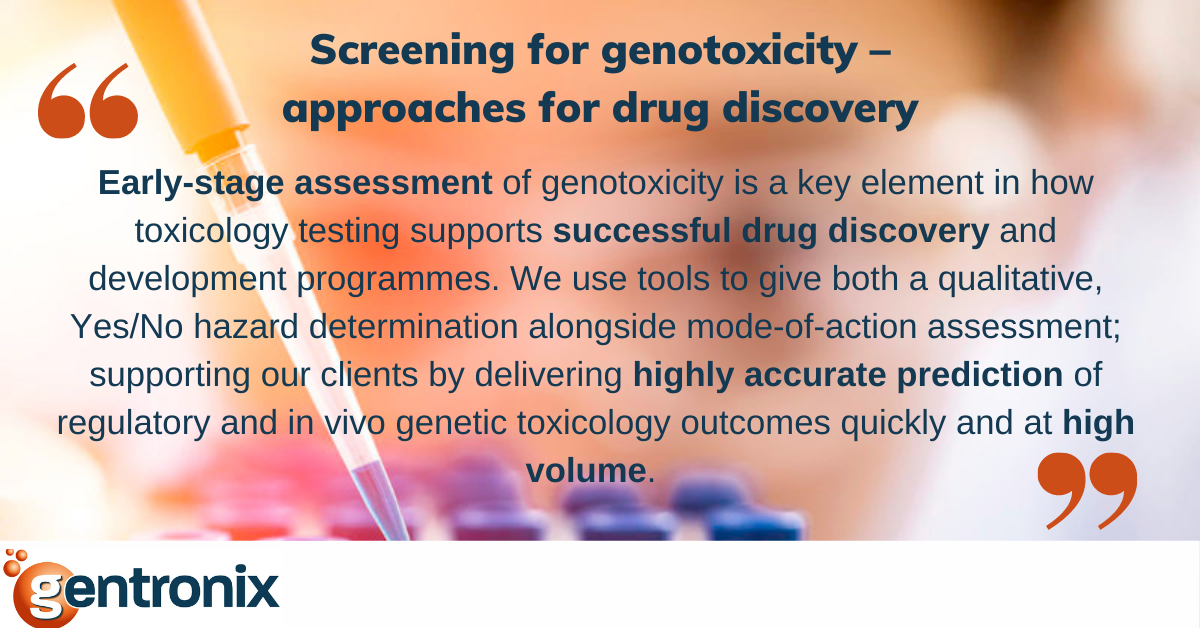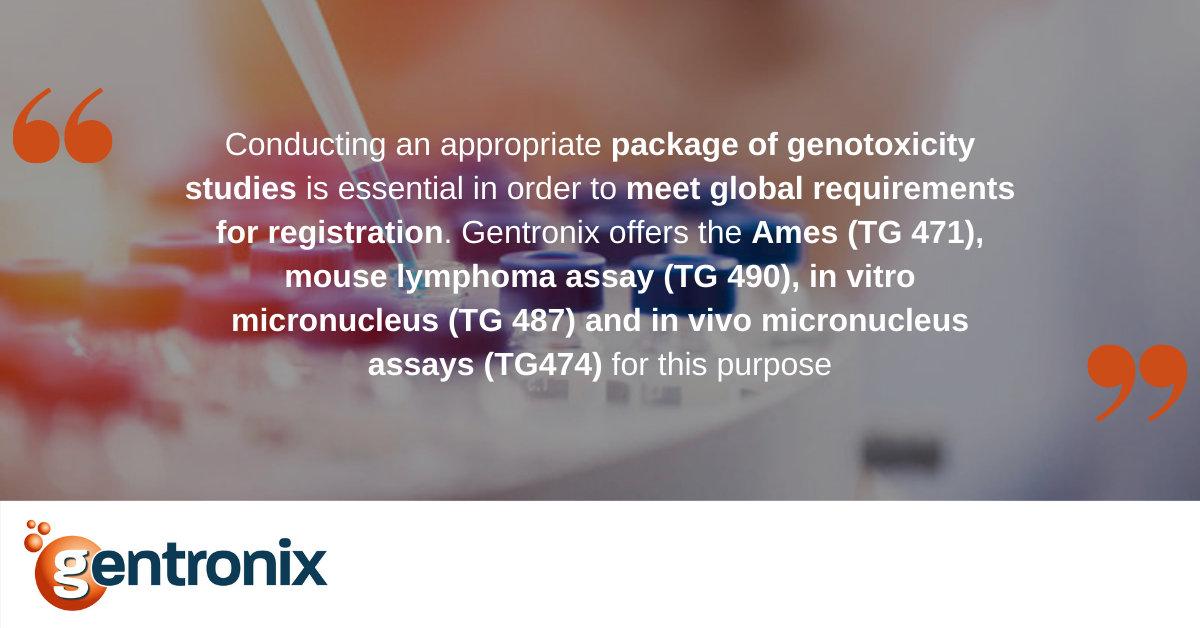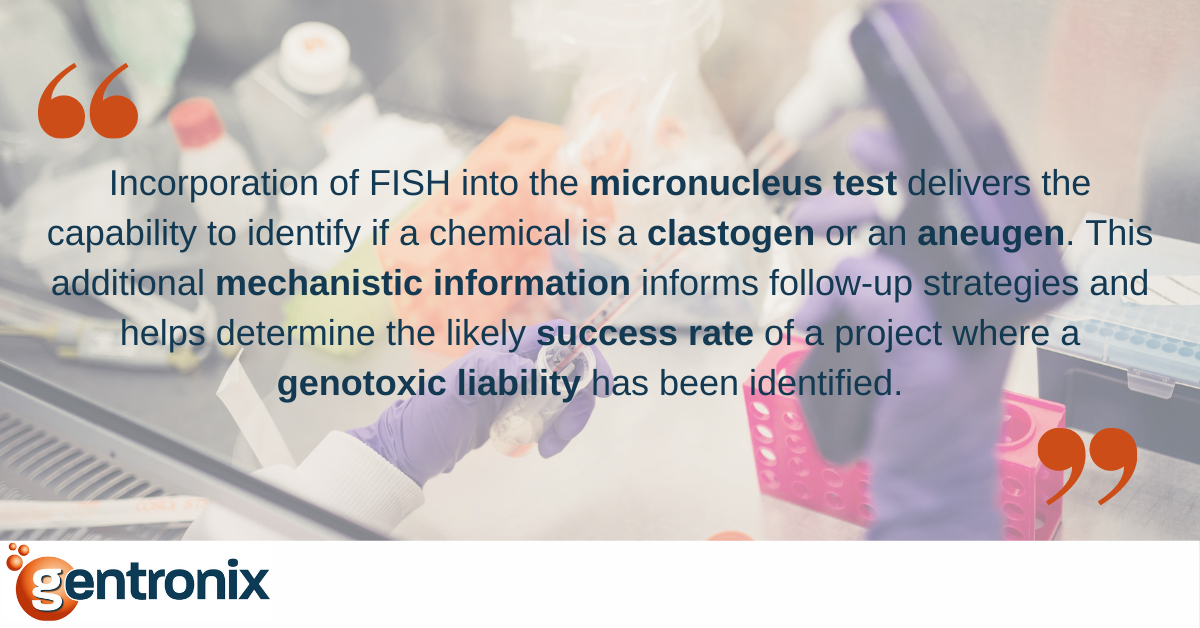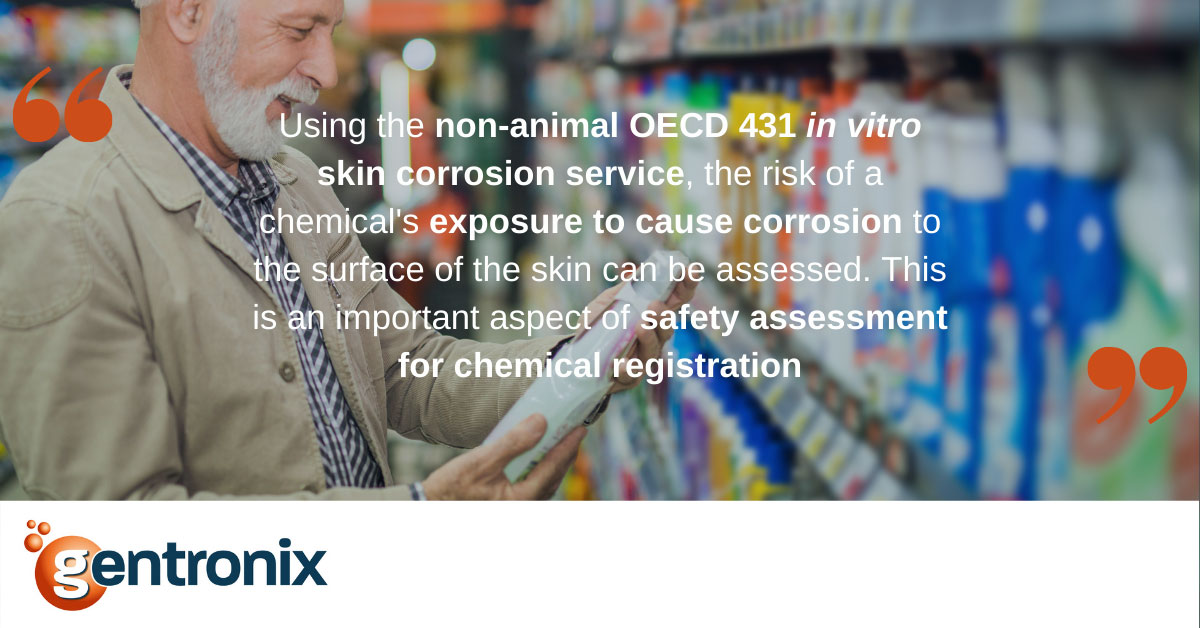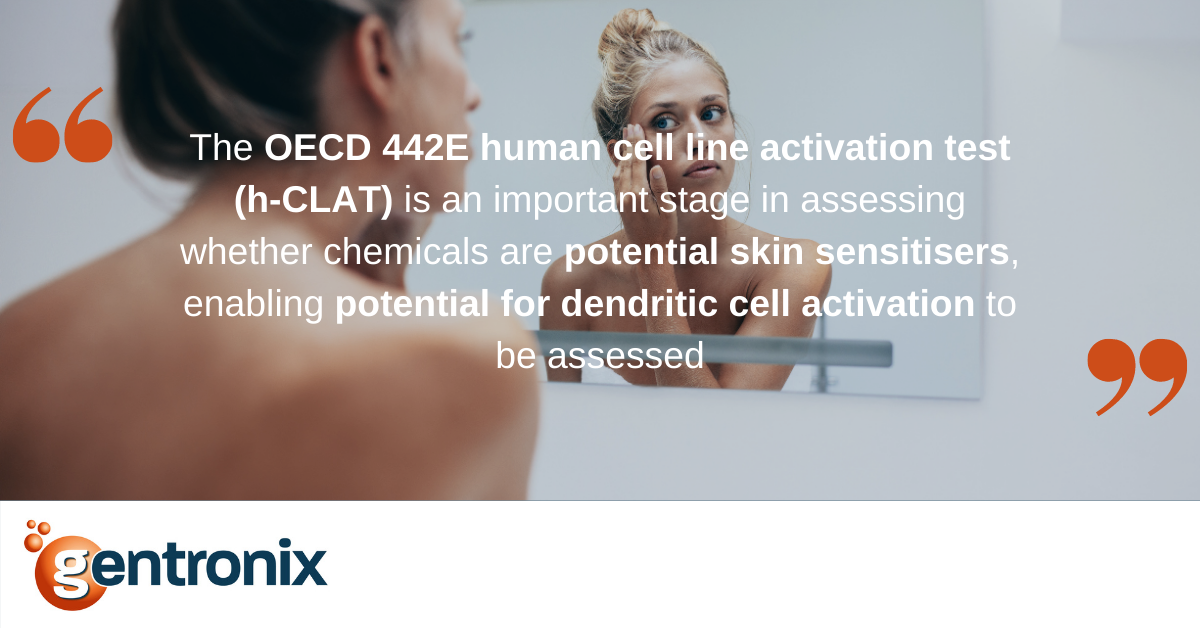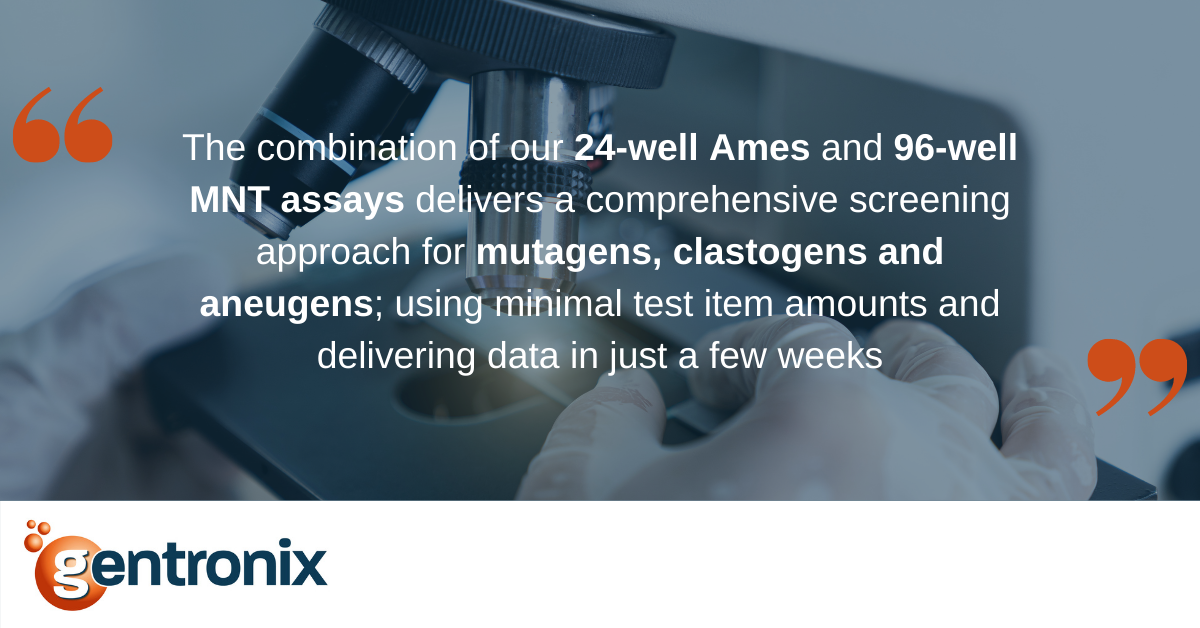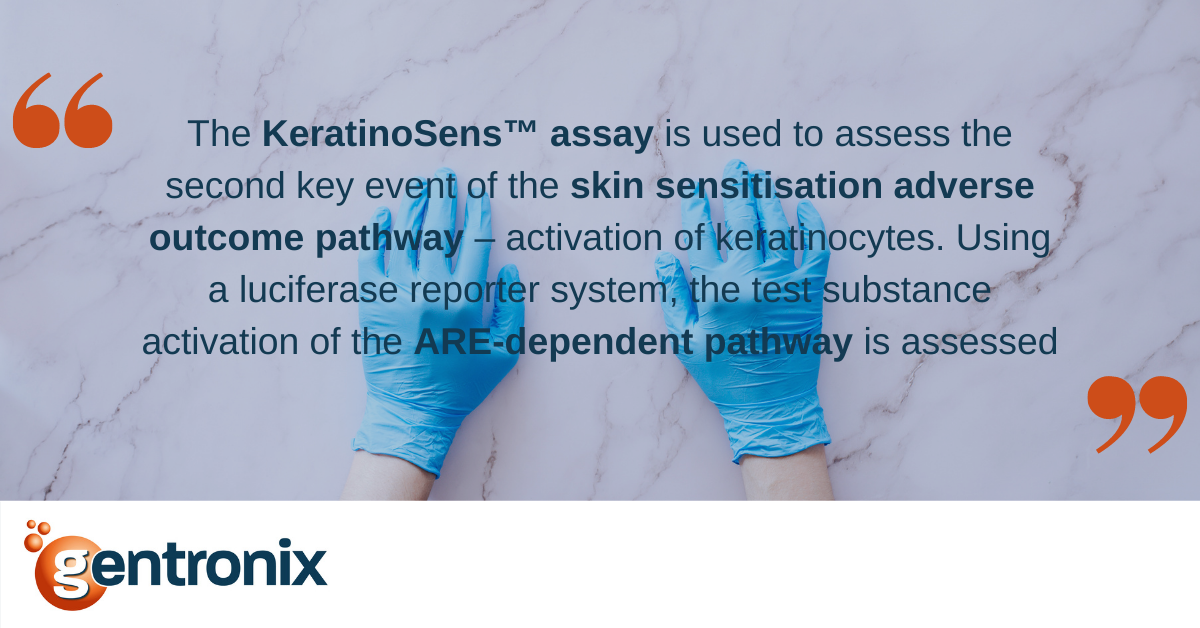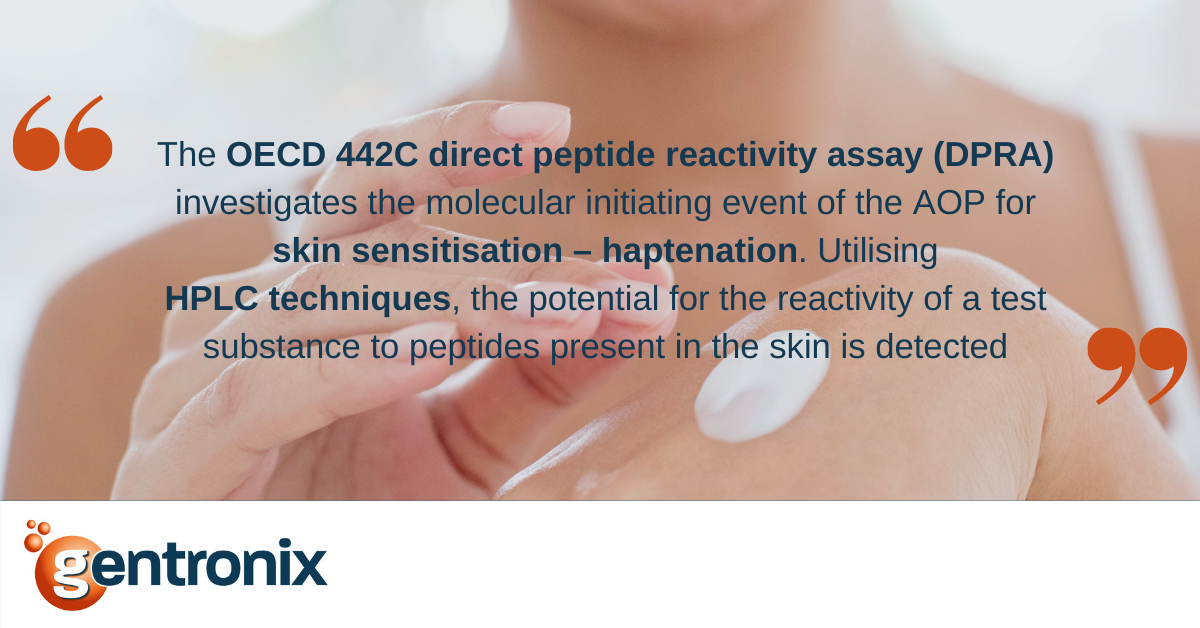A genotoxin is a substance that permanently alters DNA (mutagenicity) or alters a cell’s ability to regulate DNA structure and content. Mutation or damage to DNA may or not result in a permanent change in its content or structure, depending on several factors, including DNA repair, metabolism, apoptosis, and oxidative stress defence mechanisms.
While generally regulated as a toxicity endpoint in its own right, genotoxicity is a set of modes of action that can lead to adverse outcomes such as cancer, inherited mutations and diseases, developmental toxicity and ageing. As such, testing for potential genotoxic properties is often one of the first things a toxicologist will do to rule out safety hazards or to shape a risk assessment for a new chemical or product.
Including genetic toxicology in the early drug discovery phase is a key step in improving the safety profile of the chemical series under development and increasing the chances of project success by avoiding late-stage toxicology failures. Incorporating mode-of-action assessments at these early stages helps inform where an adverse genotoxicity result is observed, enabling toxicologists to determine its risks and whether the chance of program success is impacted.
Our BlueScreen HCTM assay utilises the human-derived, p53-competent TK6 cell line that has been stably transfected to express a GADD45a-Gaussia luciferase reporter construct. When these cells are exposed to genotoxic substances, the upregulation of the GADD45a gene leads to an accumulation of Gaussia luciferase and a detectable luciferase signal proportional to levels of DNA damage. Operated in a 96-well microplate, this assay delivers prediction of all mechanisms of genotoxicity in a 48 hr assay format, using as little as 5 mg of the compound and providing high sensitivity and specificity.
Our MultiFlow®️ genotoxicity screening assay uses flow cytometry techniques to deliver powerful biomarker prediction of genotoxicity and determine whether the mode-of-action is indicative of a Clastogen or Aneugen. Using p53, H2AX, H3 and polyploidy biomarkers, this assay can screen multiple compounds and deliver statistical prediction of the mechanism using machine learning strategies.
Our combination of the 24-well Ames and 96-well in vitro micronucleus tests enables all mechanisms of genotoxicity to be assessed in methods consistent with the regulatory battery across responsive timelines and using minimal test item amounts. Incorporating FISH techniques into the MNT screen enables centromeres to be labelled and positive results to be assigned a clastogenic or aneugenic mechanism.
These screening services deliver a comprehensive prediction of genetic toxicology, optimised for use in the early stages of drug discovery to deliver quick and highly accurate results, boosting the chances of success.
